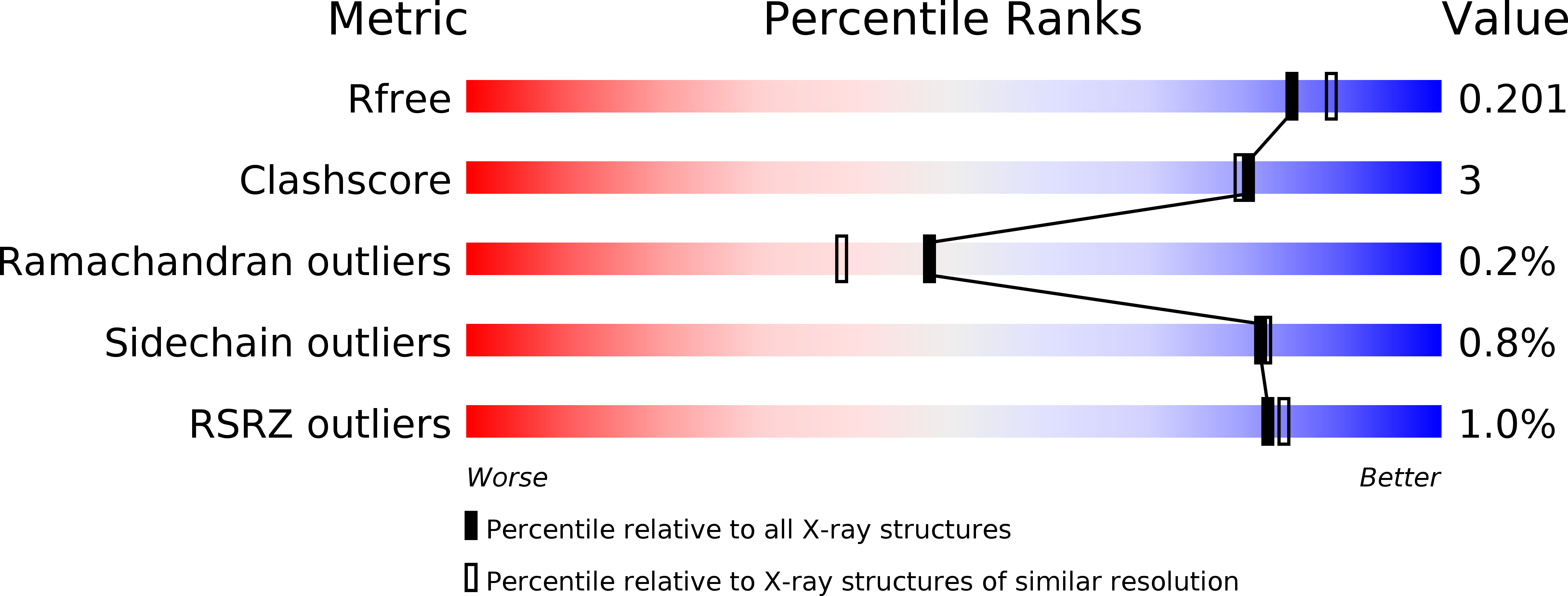
Deposition Date
2018-12-17
Release Date
2019-01-09
Last Version Date
2023-10-11
Entry Detail
PDB ID:
6NEE
Keywords:
Title:
Crystal structure of a reconstructed ancestor of Triosephosphate isomerase from eukaryotes
Biological Source:
Source Organism:
synthetic construct (Taxon ID: 32630)
Host Organism:
Method Details:
Experimental Method:
Resolution:
1.90 Å
R-Value Free:
0.20
R-Value Work:
0.16
R-Value Observed:
0.16
Space Group:
P 1


